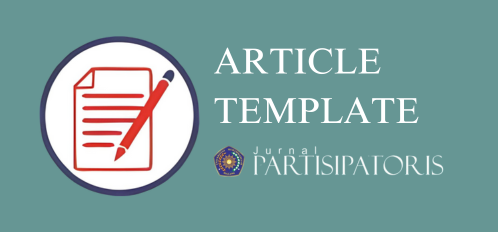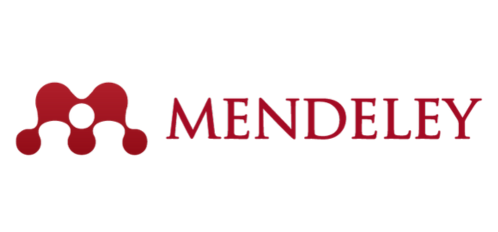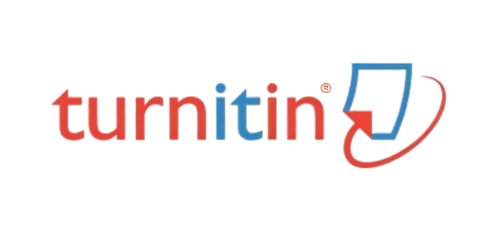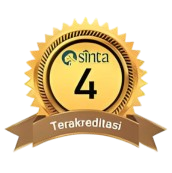DEVELOPMENT MONOPOLY MEDIA TO INCREASE STUDENT'S MOTIVATION STUDY OF SOCIAL SCIENCES IN MIDDLE SCHOOL
DOI:
https://doi.org/10.22219/jp.v2i2.10925Keywords:
monopoly media, motivation, studentsAbstract
Research and development of Monopoly media is carried out using Borg and Gall product development procedures. The development of Monopoly learning media is carried out with the aim of increasing student learning motivation on social sciences material in the second semester of class VII at SMP Muhammadiyah 9 Surabaya. Media development is carried out through two validity tests, the results of the feasibility test show different values. The final results show that the developed learning media get 80% good and 90% very good, so in this case the Monopoly learning media in Social Sciences studies is suitable for student learning. Based on observations made by researchers shows after the application of Monopoly learning media, students have better motivation and focus than before applying Monopoly media.
Downloads
References
Hamalik Oemar. 1992. Psikologi Belajar dan Mengajar. Bandung: Sinar Baru A.M. Sardiman. 2007. Interaksi & Motivasi Belajar Mengajar. Jakarta: PT. RajaGrafindo Persada Setiawan Iwan, dkk. (Penelaah).2013. Buku Guru Ilmu Pengetahuan Sosial Kurikulum 2013 SMP/MTs Kelas VII. 2013. Jakarta: Kementerian Pendidikan dan Kebudayaan Sugiyono. 2013. Metode Penelitian Kuantitatif, Kualitatif dan R&D. Bandung: Alfabeta Arikunto Suharsimi. Prosedur Penelitian Suatu Pengantar Praktik. 2006. Jakarta: PT.Rineka Cipta Upe Ambo. 2010. Asas-Asas Multiple Research. Yogyakarta: Tiara Wacana Sutarti Tatik dan Edi Irawan. 2017. Kiat Sukses Meraih Hibah Penelitian Pengembangan. Sleman: CV.Budi Utama Huda Miftahul. 2014. Model-model Pengajaran dan Pembelajaran. Yogyakarta: Pustaka Pelajar
Downloads
Published
How to Cite
Issue
Section
License
Authors who publish with Jurnal Partisipatoris agree to the following terms:
- For all articles published in the Jurnal partisipatoris, copyright is retained by the authors. Authors give permission to the publisher to announce the work with conditions. When the manuscript is accepted for publication, the authors agree to the automatic transfer of non-exclusive publishing rights to the publisher.
- Authors retain copyright and grant the journal right of first publication with the work simultaneously licensed under a Creative Commons Attribution-ShareAlike 4.0 International License that allows others to share the work with an acknowledgment of the work's authorship and initial publication in this journal.
- Authors are able to enter into separate, additional contractual arrangements for the non-exclusive distribution of the journal's published version of the work (e.g., post it to an institutional repository or publish it in a book), with an acknowledgment of its initial publication in this journal.
- Authors are permitted and encouraged to post their work online (e.g., in institutional repositories or on their website) prior to and during the submission process, as it can lead to productive exchanges, as well as earlier and greater citation of published work (See The Effect of Open Access).











